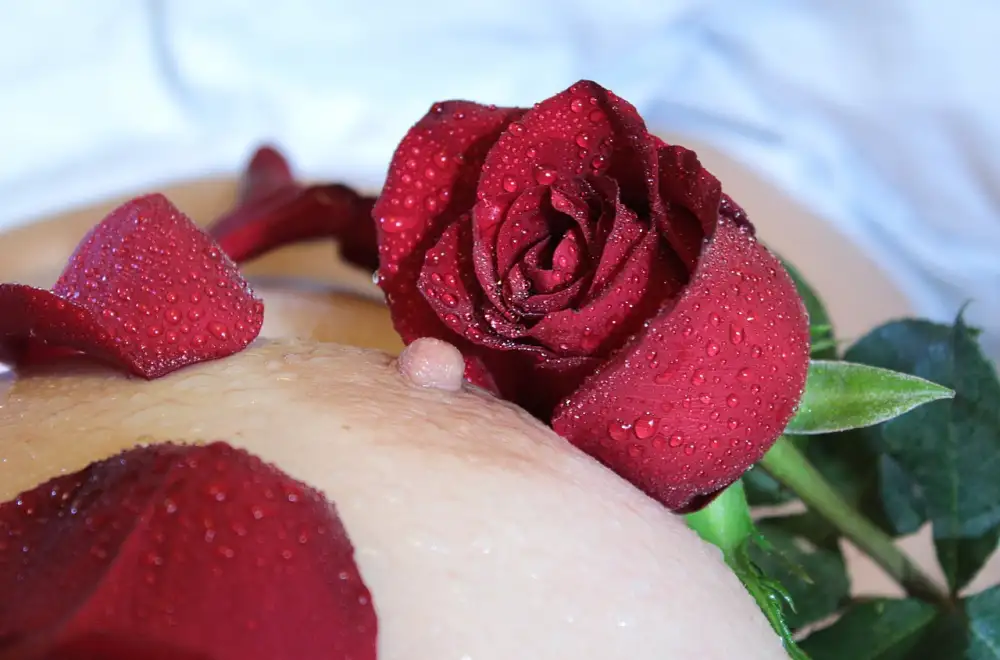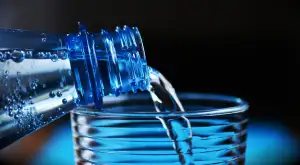Enhance and Empower: Exploring the Benefits of Nipple Fillers for Body Confidence

Nipple fillers have gained popularity in recent years as a cosmetic procedure aimed at enhancing the appearance of the nipples. This non-surgical treatment involves injecting a filler substance into the nipples to add volume, shape, and symmetry. Nipple fillers offer individuals the opportunity to enhance their body confidence by achieving their desired aesthetic goals. Whether it is for reconstructive purposes or purely for cosmetic reasons, nipple fillers provide a safe and effective solution for those seeking to enhance their nipple appearance.
Understanding the cosmetic procedure
Understanding the cosmetic procedure of nipple fillers is essential before considering it. Nipple fillers involve injecting a dermal filler into the areola or nipple to enhance their size, shape, or color. The procedure is minimally invasive and typically performed under local anesthesia. The filler used is usually hyaluronic acid, a substance naturally found in the body. The results are immediate and can last for several months. It's important to consult with a qualified professional to discuss your goals and expectations before undergoing the procedure.
Benefits of nipple fillers
Benefits of nipple fillers include enhancing the appearance and symmetry of the nipples, boosting self-confidence, and improving body image. Nipple fillers can also correct inverted or flat nipples, making breastfeeding easier for some women. The procedure is minimally invasive and provides immediate results with minimal downtime. It is a safe and effective option for those seeking to enhance their nipple aesthetics.
Risks and considerations
While nipple fillers can enhance body confidence, it's important to be aware of the potential risks and considerations associated with this cosmetic procedure.
1. Infection: Like any invasive procedure, there is a risk of infection. It is crucial to choose a qualified professional who follows strict sterilization protocols to minimize this risk.
2. Allergic reactions: Some individuals may have allergies or sensitivities to the substances used in nipple fillers. Prior allergy testing can help identify potential reactions.
3. Scarring: There is a possibility of scarring at the injection site. This can vary depending on individual healing abilities and the technique used by the practitioner.
4. Changes in sensation: Nipple fillers may temporarily alter nipple sensation, including increased sensitivity or numbness. These changes are usually temporary but can persist in rare cases.
5. Migration or asymmetry: In some instances, nipple fillers may migrate from their original placement or result in unevenness between the nipples. Choosing an experienced professional can minimize these risks.
6. Long-term effects: The long-term effects of nipple fillers are still being studied, as this is a relatively new procedure. It's important to consider that more research is needed to fully understand their impact over time.
Before undergoing nipple filler treatment, it's essential to have a thorough consultation with a qualified professional who will discuss these risks and considerations in detail, ensuring you make an informed decision about your body confidence journey.
Finding a qualified professional
Finding a qualified professional for nipple fillers is crucial to ensure safety and optimal results. Look for a board-certified plastic surgeon or dermatologist with experience in performing this procedure. Check their credentials, certifications, and reviews from previous patients. It's important to schedule a consultation to discuss your goals, ask questions, and assess their expertise. Don't hesitate to inquire about their training, the products they use, and any potential complications they have encountered. Trusting your instincts and feeling comfortable with the professional is essential before proceeding with nipple fillers.
Recovery and aftercare
Recovery and aftercare following nipple filler treatment is relatively straightforward. It is normal to experience some swelling, tenderness, and bruising in the treated area immediately after the procedure. However, these symptoms usually subside within a few days.
To aid in the healing process, it is recommended to avoid any strenuous activities or exercise for at least 24 hours after the treatment. Applying ice packs or cold compresses can help reduce swelling and discomfort. It is also important to avoid touching or rubbing the treated area to prevent infection.
It is advisable to wear loose-fitting clothing during the recovery period to minimize friction on the nipples. Avoid wearing tight bras or garments that may irritate the treated area.
Maintaining good hygiene is crucial during recovery. Keep the treated area clean and dry, and avoid using any harsh soaps or lotions that could potentially irritate the skin.
Follow-up appointments with your healthcare provider are essential to monitor your progress and ensure proper healing. They will provide you with specific instructions tailored to your individual needs.
Remember, everyone's recovery process may vary slightly, so it's important to consult with a qualified professional for personalized advice and guidance throughout your recovery journey.
Frequently asked questions about nipple fillers
1. Are nipple fillers safe?
Yes, when performed by a qualified professional, nipple fillers are generally considered safe. However, it's important to discuss any concerns or medical conditions with your provider before undergoing the procedure.
2. How long do nipple fillers last?
The longevity of nipple fillers varies depending on the type of filler used. Typically, results can last anywhere from six months to two years. It's recommended to schedule touch-up appointments as needed to maintain desired results.
3. Will nipple fillers affect breastfeeding?
There is limited research on the effects of nipple fillers on breastfeeding. It's advisable to consult with a healthcare professional if you plan on breastfeeding in the future or currently breastfeeding.
4. Is the procedure painful?
Nipple filler injections may cause mild discomfort, but numbing cream or local anesthesia can be used to minimize any pain during the procedure.
5. Can nipple fillers correct inverted nipples?
Nipple fillers may provide temporary improvement for inverted nipples by adding volume and projection. However, it's important to note that results may vary and a consultation with a qualified professional is necessary.
6. What are the potential side effects?
Common side effects include swelling, bruising, redness, and temporary changes in sensation around the nipples. Serious complications are rare but can include infection or allergic reactions.
7. How much do nipple fillers cost?
The cost of nipple filler procedures varies depending on factors such as location, provider experience, and type of filler used. On average, prices range from $500 to $1500 per treatment session.
Remember, it is crucial to consult with a qualified professional who specializes in this procedure for personalized advice and information tailored to your specific needs and goals.
While nipple fillers can enhance and empower individuals by boosting body confidence, it is essential to make an informed decision before undergoing the procedure. Understanding the cosmetic procedure, its benefits, risks, and finding a qualified professional are crucial steps in this process.
Nipple fillers offer various advantages, such as increased nipple size and projection, correction of inverted nipples, and improved symmetry. However, potential risks include infection, scarring, allergic reactions, and dissatisfaction with results.
To ensure safety and optimal outcomes, it is vital to find a qualified professional who specializes in nipple filler procedures. Research their credentials, experience, and reviews from previous clients. Consultation with the practitioner will help address any concerns or questions you may have.
Recovery after nipple filler injections typically involves minimal downtime. However, following proper aftercare instructions is crucial to prevent complications and promote healing. This may include avoiding strenuous activities or wearing tight clothing that could irritate the treated area.
Before considering nipple fillers or any cosmetic procedure, it is important to consult with a healthcare professional who can provide personalized advice based on your specific needs and medical history.
Ultimately, making an informed decision about nipple fillers involves weighing the potential benefits against the risks and considering individual preferences. By understanding the procedure thoroughly and seeking guidance from qualified professionals, individuals can make confident choices that align with their body confidence goals.
Published: 20. 02. 2024
Category: Health



